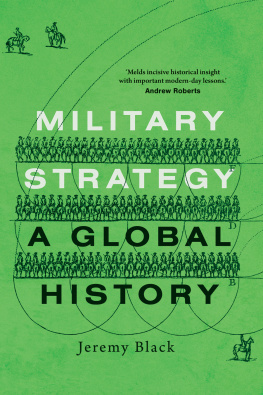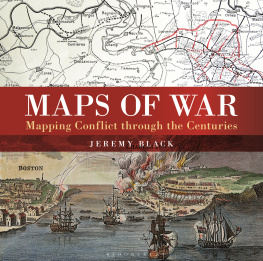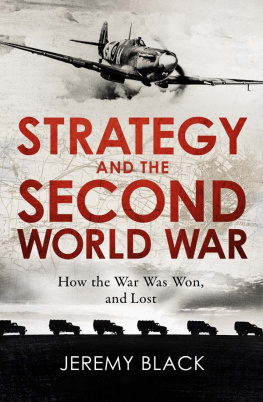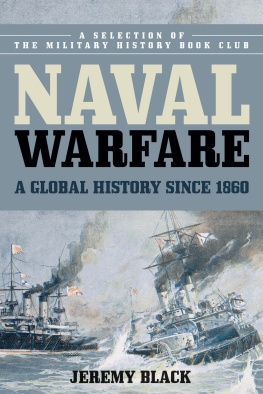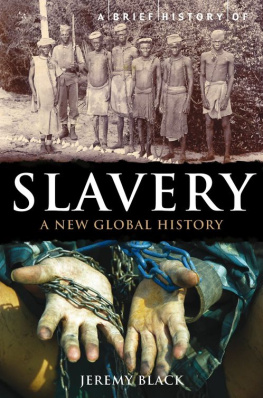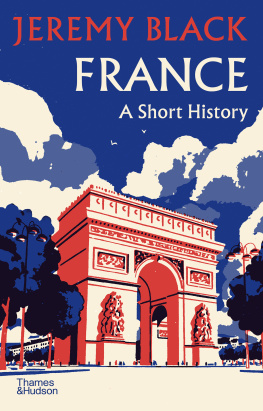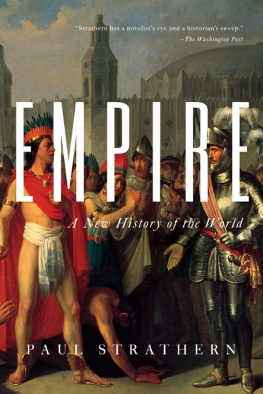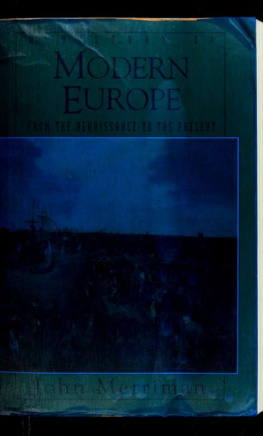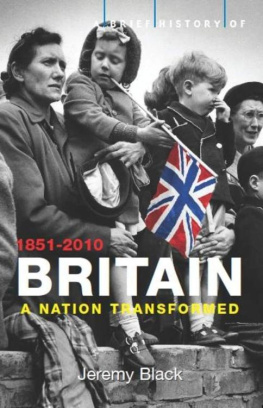
Contents
Landmarks
Introduction
Europe is a compact continent with a fascinating history, one that is important both for those who live there today and for the rest of the world. The expansion of the European powers of Russia to the Pacific and into Central Asia, and of Britain, France, Belgium, Denmark, the Netherlands, Germany, Italy, Portugal and Spain across the oceans repeatedly affected, indeed transformed, the history of the world from the 15th century to the present. It is understandable that many focus their attention on these recent centuries, but the deep history of Europe and its peoples, and their millennia of development, was also extremely important for what came later, both for Europe and the rest of the world, and it remains significant to the present.
Where is Europe?
Europe as understood in this book is a geographical concept, an area located between Asia and the Atlantic. But this approach is open to debate. For example, although the Ural mountains have conventionally been seen as the eastern physical border of Europe, they are neither a barrier nor a frontier, being located from 1917 in the Russian Soviet Federative Socialist Republic, and from December 1991 in the Russian Federation.
Europe is different to other continents. It has a longer coastline relative to its size than other continents, and is very much the maritime continent. Its climate is subject to the interplay of an oceanic source of low pressure and a Eurasian source of high pressure, and of cold winds from the Arctic and hot winds from the Sahara, which makes it inherently varied. In essence, prevailing westerly winds bring rainfall to the Atlantic coasts, which is good for plant growth, and the Gulf Stream in the Atlantic also warms coastal waters. There is no equivalent to either in the eastern part of Europe, which means it suffers from colder and drier weather.
What is Europe?
What Europe itself means in historical terms is unclear. For a long time, the term Europe was not a favoured one, as there was no consciousness of Europe as a separate space. Before the Roman Empire (initially under republican control before becoming an empire under emperors) developed in the 3rd century bce and remained dominant in Western Europe until the early 5th century, there was scant knowledge of the geographical span of what is now Europe. Further, under Rome, this knowledge scarcely even covered Scandinavia or what is now European Russia. During this period the Mediterranean was the political and economic powerhouse, but key aspects of the Mediterranean world and the Roman Empire were outside what is now Europe, notably Egypt, Syria and Anatolia (Turkey east of the Aegean).
For long after the Roman Empire ended in Western Europe in the 5th century, Europe was not defined in terms of the empire or its continuation in the shape of the Eastern Roman Empire (Byzantium), but by many Europeans in terms of Christendom, the area under Christian control. Although it was politically fragmented, Christendom produced a common ideology that was more potent than anything modern Europe possesses. In addition, the medieval Papacy was a distinctive form of government for part of Christendom.
However, for Christendom it was belief and not place that counted and as a result there was no clear and permanent boundary. In fact, the Crusades that began in the 1090s very much involved an expansion of Christendom. Some of this took place within what are now parts of Europe, notably in Spain, Portugal, and on the southern and eastern shores of the Baltic, but the key area for activity was in the Near East Israel, Palestine, Lebanon and Syria with North Africa as a secondary sphere in the 13th century and more so from 1415, when Portuguese forces captured Ceuta in Morocco. More gains were made in Morocco and Algeria over the following 120 years.
The idea of Christendom as the definition of Europe was also problematic because of the fraught relationship between the part under the Papacy and other parts, notably that under the Eastern Roman Empire, or Byzantium. Based at Constantinople (from 1924 Istanbul), the Byzantine Empire stretched to include areas not today seen as part of Europe, such as Egypt, Syria, Israel, Lebanon and Palestine (until the 7th century) and sections of modern Turkey (into the 15th century). The modern Orthodox Church does not set a limit at what we would today geographically regard as Europe, and Orthodox views of both Europe and Christendom are very different to those of the Papacy. In particular, to the Orthodox Church, with its Patriarch based in Istanbul and obliged to be a Turkish citizen, there is no reason to leave Turkey out of Europe.
Most of the Byzantine Empire was eventually conquered by Islam and, as a result, for much of the last 600 years a large part of Eastern Europe has been part of a very different cultural and political world, that of the Ottoman Empire (Turkey). This was an Islamic imperial state, with its capital at Constantinople. Now one of Europes most populous states, Turkey spent much of the last 600 years in conflict with Christian powers.
Discussions on admitting Turkey to the European Union underlined the problems posed by Turkish history. This is part of the wider discussion of how to consider the relationship between Europe and Islam. Such issues are dramatically illustrated by standing in Istanbul on the European side and seeing the sheer proximity of the Asian shore, or how close Tunisia is to Sicily and Malta.
To Christian contemporaries the Ottoman Empire was not so much non-European as anti-European. It defined that which was not European, both tyranny and Islam, and presented both as a threat to Christendom. The advance of Ottoman forces led to the fall of Belgrade in 1521 and Budapest in 1526, while in 1529 and 1683 the Ottomans besieged Vienna and, in 1565, Valletta in Malta. Although the later three attempts were unsuccessful, the threat they posed was very clear and remained obvious until the early 18th century when, indeed, the Ottomans took Belgrade for a second time in 1739.
Therefore, much of modern Europe was actually part of the Ottoman world, not Christendom. On the other hand, (Christian) European trans-oceanic expansion meant that from the late 15th century European influence spread across the oceans. As a result, by 1750 London, Paris and Madrid had more in common with colonial centres such as Philadelphia, Quebec and Havana, than they did with cities under Ottoman rule, such as Athens, Belgrade, Bucharest and Sofia. This situation remained the case over the following century and, albeit with a different geography and in a contrasting context, it was to resume during the Cold War with Western Europe having more in common with North America than with Eastern Europe, which, itself, looked to the Soviet Union.
This situation poses a challenge to the idea of a distinctive European history. Moreover, even if the idea is to be pressed, it is unclear how this is to be defined and, linked to this, where it is to extend. In reality, the idea that Europe has a clear set of values is fanciful, given the range of ideologies and practices that have been potent in its history.
Even so, much cultural and political capital has been invested in this approach to European history, albeit in very different ways, by the medieval Papacy, the 18th-century Enlightenment, would-be modern imperial rulers such as Napoleon and Hitler, and the European Union. For example, in 2007 Germany used its presidency of the European Union to ensure the passage of race hate laws for the entire union. But its attempt to produce a specific ban on Holocaust denial failed, not least because several member states wished to include a crime of denying, condemning, or trivializing atrocities committed in the name of Stalin, which was rejected by some other members. This illustrates the extent to which there is no common identity or history.
Next page


